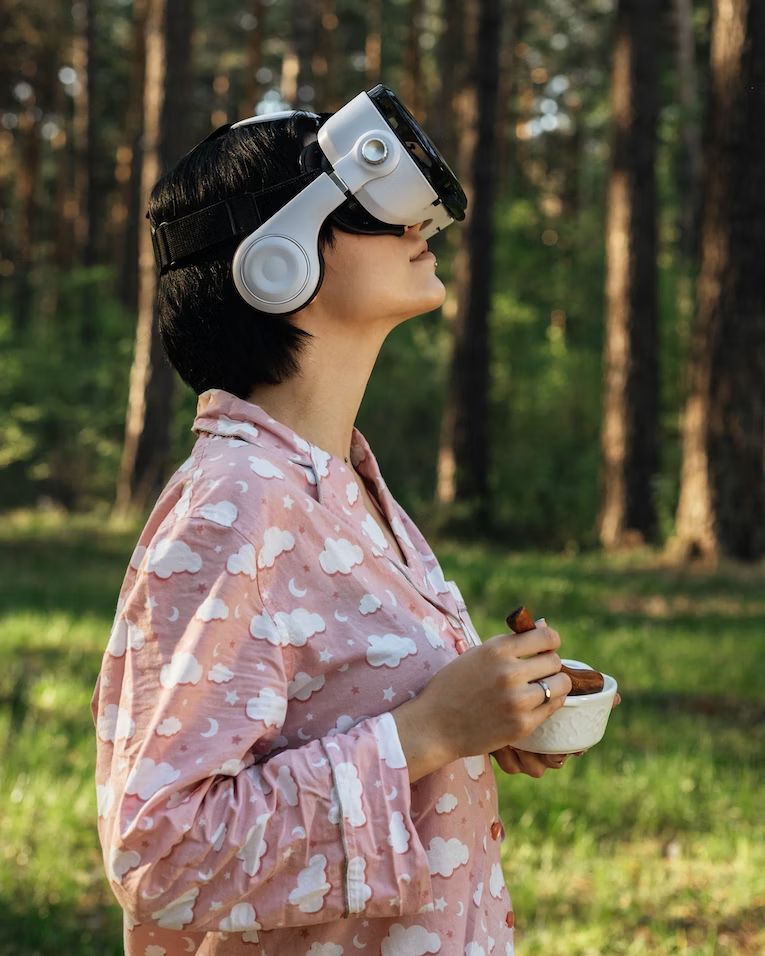
Virtual reality (VR), once the stuff of science fiction, is now a growing presence in our everyday lives, transforming everything from entertainment and education to healthcare and communication. An unexpected sphere where VR is making a splash is the realm of cooking. Through immersive, interactive experiences, VR technology is revolutionizing how we learn to cook, experiment with recipes, and even dine. Let’s explore how VR is stirring up the culinary world.
Read about:
1. Interactive Cooking Lessons
One of the most significant contributions of VR to cooking is the provision of interactive lessons. Unlike traditional video tutorials or cooking shows, VR enables users to be part of the culinary action. Platforms like “The Cooking Game VR” allow users to virtually step inside a fully equipped kitchen, manipulate utensils, and prepare dishes. This immersive experience facilitates the learning of new techniques and recipes in a hands-on and engaging manner.
2. Recipe Experimentation
VR platforms can also help users experiment with recipes without wasting food or needing a fully stocked pantry. Apps such as “CyberCook” let users experiment with ingredients, cooking methods, and presentation in a virtual kitchen, allowing them to make mistakes and learn from them without wasting actual resources. This trial and error process can help budding chefs improve their skills, gain confidence, and even innovate new recipes.
3. Virtual Dining Experiences
The culinary use of VR extends beyond the kitchen, however. Restaurants and food brands are using VR to provide unique dining experiences and market their products. For instance, the British restaurant “The Fat Duck” uses VR headsets to transport diners to a virtual beach while they enjoy a seafood dish, enhancing the dining experience with sensory immersion.
4. Dietary Planning and Management
VR can also assist with dietary planning and management. It can simulate the effects of certain dietary choices on the body, helping users understand the consequences of their eating habits. For individuals on specific diets, such as those with food allergies or on a weight loss plan, VR can provide virtual meal options and demonstrate portion sizes, making it easier to stick to their dietary goals.
5. Cultural Exchange
Finally, VR can facilitate cultural exchange by allowing users to explore global cuisines. Through virtual reality, one can learn to prepare authentic dishes from various cultures, understand the traditions associated with these meals, and appreciate the rich diversity of global food culture.
While the potential of VR in cooking is promising, it’s important to remember that it cannot replace the tactile, sensual experience of real-life cooking and dining. The smell of fresh herbs, the sizzle of a pan, and the taste of a well-cooked meal are sensory experiences that VR cannot replicate. However, as a learning tool and an enhancer of culinary experiences, VR technology has proven itself to be a valuable addition to the gastronomic world. As this technology continues to evolve, we can expect even more exciting advancements in the intersection of VR and cooking.
